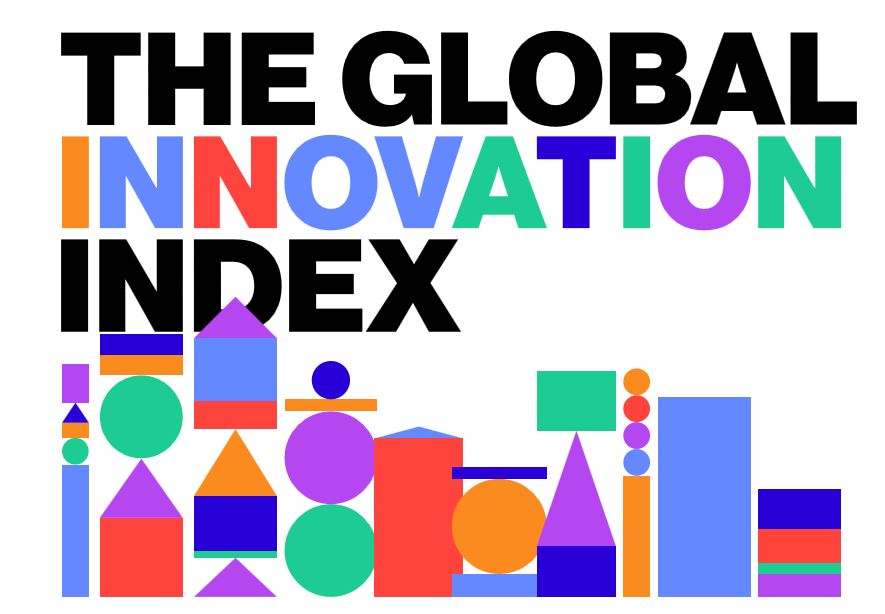VN leaps 19 places in global innovation index
VGP – Viet Nam jumped 19 places in the global innovation index (GII 2015) and ranked third in South East Asia and the Oceania after Singapore and Malaysia, according to the latest report conducted by the World Intellectual Property Organization (WIPO).
 |
The GII 2015 named Viet Nam as one of six innovation achievers in the region besides China, Mongolia (also an innovation outperformer), Malaysia, Cambodia (a new addition), and Thailand.
According to the report, Viet Nam’s performance has been consistently high in Infrastructure, Knowledge and Technology outputs, and Creative outputs.
Viet Nam has been working towards developing its national innovation system by improving its regulatory framework and engaging in institution building. Improvements in these innovation inputs are also likely to have influenced Viet Nam’s performance in Knowledge and Technology outputs, as shown by its higher labour productivity and improved quality of production through ISO certifications.
However, Viet Nam is performing weakly and having difficulty in improving all the dimensions of the Institutions pillar. It is also facing hurdles in its investment environment as well as trade and competition (Market sophistication).
Initial outcomes from new policies
Deputy Minister of Science and Technology Pham Cong Tac attributed the higher performance to positive reforms on management mechanisms, scientific and technological activities and other fields over the past time.
According to the Deputy Minister, Viet Nam struggled a long time to get out of 70th grade. However, since 2013, the country performed better, jumping from the 76th in 2014 to the 52nd in 2015.
The report acknowledged the enforcement of the new Law on Science and Technology which focuses on three pillars namely investment models, financial mechanisms, and training of scientific and technological personnel.
Especially, the new Law led to rapid outcomes of scientific and technological products. Viet Nam posted over 2,600 articles in famous journals on science, produced world-class products on vaccine production, manufacturing mechanics (super weight lifting equipment, drilling platform, missile cutters, and large-scale vessels). Some Vietnamese journeys were added in the database of Scopus.
Eying higher positions
Minister of Science and Technology Nguyen Quan said that before 2010, Viet Nam ranked 7th in ASEAN in WIPO rankings. The country outstripped the Philippines and Indonesia in 2013; Brunei in 2014 and Thailand in 2015.
Earlier, Viet Nam set a goal to enter the Top 3 list as stipulated in the Strategy for Science and Technology Development for the 2011-2020 phase and Resolution 20-NQ/TW on key orientations, targets, tasks and solutions for science and technology development until 2020, vision to 2030.
The Minister was convinced that Viet Nam would be able to maintain the high ranking in ASEAN with better performance by 2020.
According to Doctor Nguyen Quang Tuan, Deputy Director of the National Institute for Science and Technology Policy and Strategy Studies, Viet Nam’s Innovation Input Sub-Index remained low, ranking 78th . To maintain high grade, Viet Nam should keep good performance on Innovation Output Sub-Index (39th) and improve Innovation Input Sub-Index.
Doctor Tuan proposed perfect mechanisms of scientific and technological management, effective operation of universities and institutes, improved financial mechanisms, and robust reforms in favor of innovation.
He also suggested sound and transparent business environment which encourages enterprises to renovate technologies./.
By Huong Giang

